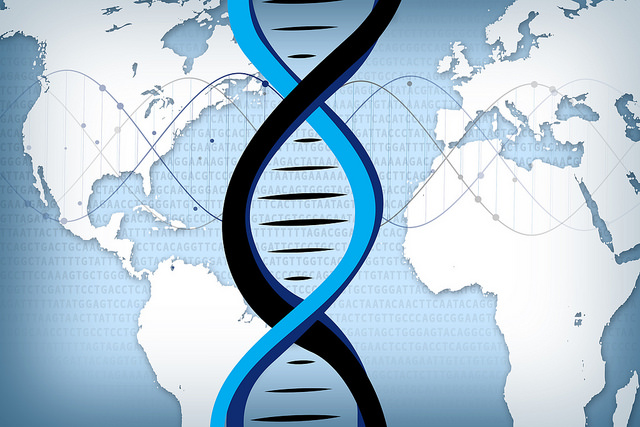Bioethics Panels Open Door Slightly to Germline Gene Editing
By Jeff Lyon,
JAMA
| 10. 18. 2017
As CRISPR/Cas9 (clustered regularly interspaced short palindromic repeats–Cas9) and other gene-editing technologies hasten the feasibility of effective somatic and germline genomic manipulation, an international panel of genetics groups has weighed in on some of the thorniest ethical and scientific implications facing clinical use of gene editing.
Led by the American Society of Human Genetics (ASHG), 11 organizations published a joint statement in August concentrating on the prospects for germline alteration, a no-fly zone among molecular biologists since the dawn of gene therapy in the 1980s. The ASHG-sponsored statement was drafted by a committee of representatives from the UK Association of Genetic Nurses and Counsellors, Canadian Association of Genetic Counsellors, the International Genetic Epidemiological Society, and the US National Society of Genetic Counselors, as well as the ASHG. The final document was endorsed by these groups and 6 other international medical or genetics associations.
The new statement does not rule out the eventual therapeutic editing of human DNA in ways that could be passed along to later generations: “Currently, there is no reason to prohibit in vitro germline genome editing on...
Related Articles
By Rachel Hall, The Guardian | 11.20.2025
Couples are needlessly going through IVF because male infertility is under-researched, with the NHS too often failing to diagnose treatable causes, leading experts have said.
Poor understanding among GPs and a lack of specialists and NHS testing means male infertility...
By Grace Won, KQED [with CGS' Katie Hasson] | 12.02.2025
In the U.S., it’s illegal to edit genes in human embryos with the intention of creating a genetically engineered baby. But according to the Wall Street Journal, Bay Area startups are focused on just that. It wouldn’t be the first...
By Pam Belluck and Carl Zimmer, The New York Times | 11.19.2025
Gene-editing therapies offer great hope for treating rare diseases, but they face big hurdles: the tremendous time and resources involved in devising a treatment that might only apply to a small number of patients.
A study published on Wednesday...
Several recent Biopolitical Times posts (1, 2, 3, 4) have called attention to the alarmingly rapid commercialization of “designer baby” technologies: polygenic embryo screening (especially its use to purportedly screen for traits like intelligence), in vitro gametogenesis (lab-made eggs and sperm), and heritable genome editing (also termed embryo editing or reproductive gene editing). Those three, together with artificial wombs, have been dubbed the “Gattaca stack” by Brian Armstrong, CEO of the cryptocurrency company...




